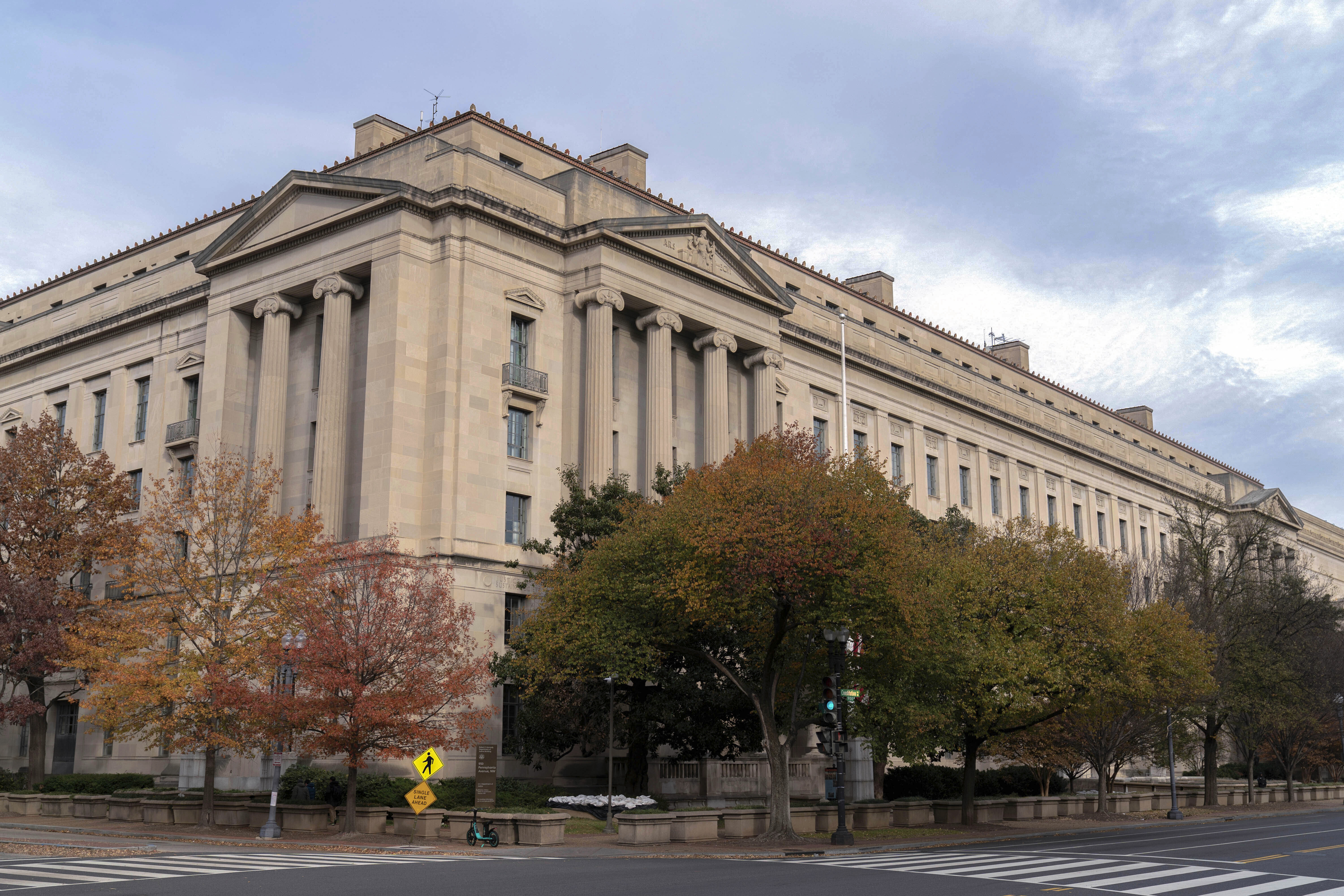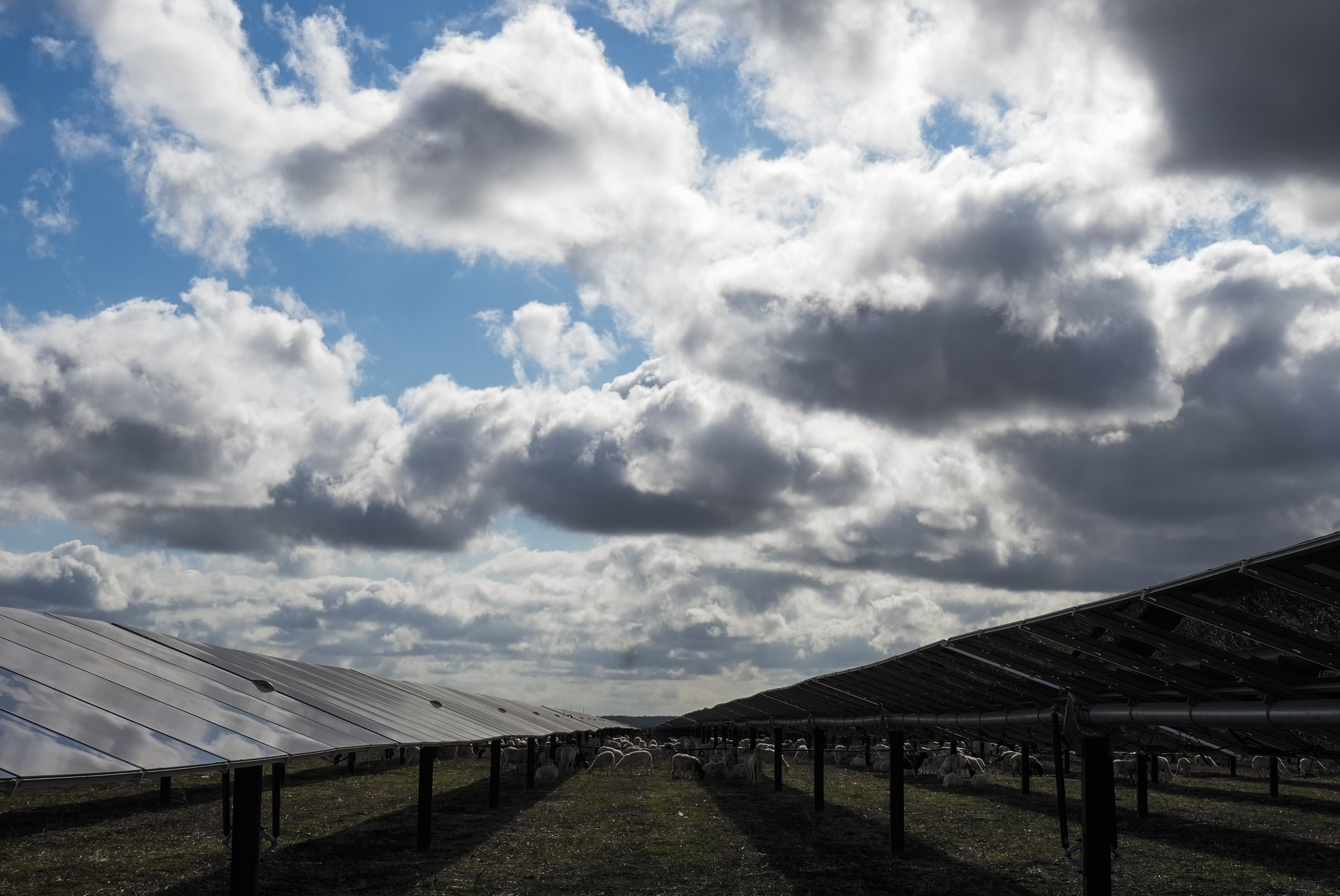(WHTM) – When you think of Halloween, you probably think of jack-o’-lanterns, spooky movies and trick-or-treaters. But there may be something else that comes to mind that many people associate with the holiday: the colors orange and black.
But why do we consider those the colors of Halloween?
According to Isle of Halloween, historically the Celts and the Druids celebrated a holiday called Samhain. Samhain is a Gaelic festival marking the end of the harvest season and the beginning of winter, or “the dark half” of the year. It is celebrated during the evening of Oct. 31 and into Nov. 1 each year.
It is also seen as a time to celebrate the lives of those who have died.
The Isle of Halloween says the color black is used during Samhain. Symbolically, that color is used to represent death and darkness. Samhain has close ties with Halloween and, according to the Isle of Halloween, the holiday is typically celebrated at night, so it is naturally associated with the color black.
Orange, on the other hand, is the opposite, representing and celebrating the life and the bounty that comes with an autumn harvest. This color is a sharp contrast to black and can be seen as warm and positive. It is also the color of fire, pumpkins and the turning leaves during autumn, another possible reason it came to be associated with Halloween.
Other colors have also been considered Halloween hues — specifically purple and green. These are generally thought to be more modern additions, though some postcard manufacturers in the early 1900s had used purple (or red) for the color of witches’ dresses and green for jack-o’-lanterns in their depictions, Halloween historian Lesley Bannatyne once told MarthaStewart.com.
The imagery and colors soon influenced candy-makers and costume designers, who began “creating and marketing their products with popular folkloric images and the now-recognizable colors,” Bannatyne told the site.

























